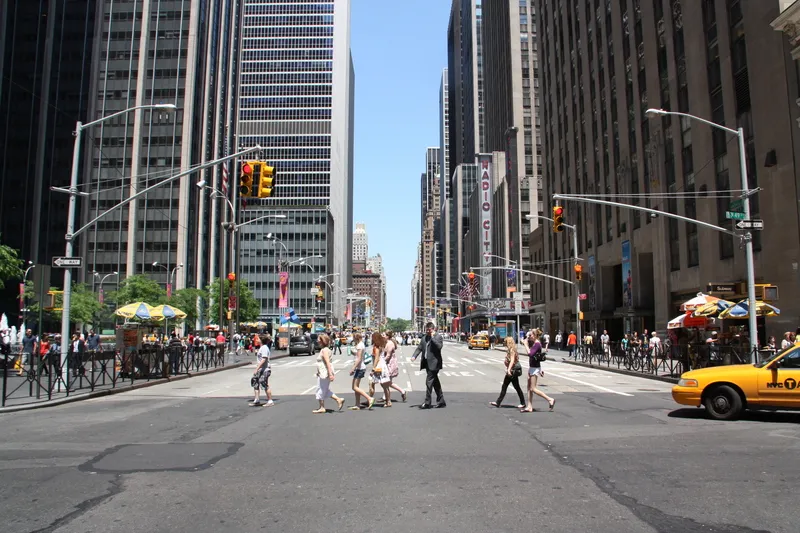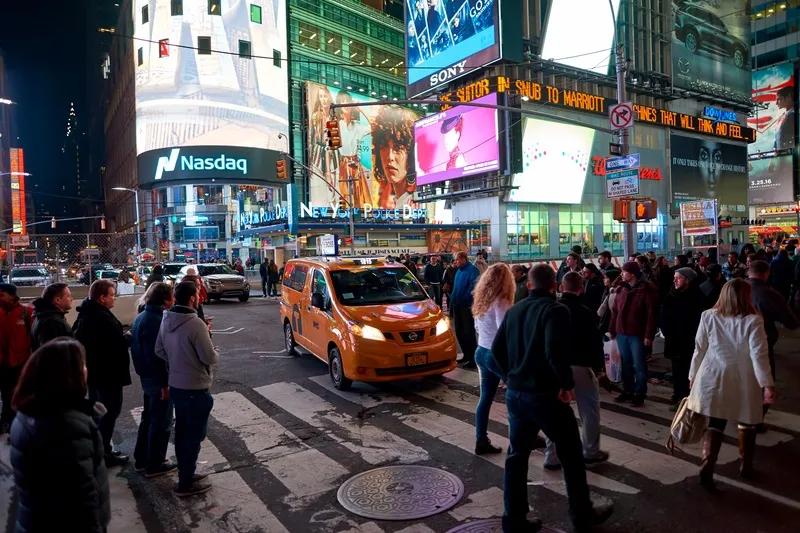
There are a variety of elements which go into successful speed enforcement. The European Union’s blueprint for this (see 10 Rules…) ranges from prioritising roads to offender education courses, and from legislation to data. But research suggests that one of the key factors is visibility – drivers need to see technology in action or police on patrol.
While some drivers see them as unfair money-making machines, the evidence suggests that fixed speed cameras do a good job. A 2017 survey by the London School of Economics and Political Science, for example, showed that cameras are effective at reducing numbers of accidents and road deaths. From 1992 to 2016, they cut accidents by 17-39% and fatalities by 58-68% within 500m of the cameras.
Average speed camera systems are also effective in reducing collisions – “especially those of a high severity” - says a 2016 report (Automated Road Traffic Enforcement: Regulation, Governance and Use) by the
Cameras alone may not be enough when it comes to effective enforcement and prevention of accidents on the roads, however. A 2018 study in the US state of Wyoming looked at the effectiveness of enforcement resources in the highway patrol department in reducing fatality rates. Its findings were not counter-intuitive. While budget-constrained politicians are wont to say that fighting crime is more complex than simply having police bodies on the street, the Wyoming study in effect says the opposite. It showed that the number of officers, the budget, and time spent on the road, “regardless of the enforcement types, are associated with a reduction in fatality rate”.
It could be that all these factors “have a psychological deterrent impact on the drivers”, something that is suggested in other studies about fixed camera enforcement. But “enforcement visibility and effective hours on the field seem to be the most effective in reduction of fatality rates”.
10 Rules of Speed Enforcement
1: To maximise the road safety effects, traffic law enforcement should, first and foremost, prevent violations that are proven to be related with the number or severity of accidents.
2: To achieve collective safety benefits by reducing speeds, a systematic, integrated speed management policy is necessary. Speed enforcement is one of the elements of an integrated speed management approach.
3: Speed enforcement gains in effectiveness if it is targeted towards prioritised roads and areas, situations and times.
4: The credibility of traffic enforcement should be part of enforcement policy and is to be considered as an important quality aspect of enforcement.
5: Speed camera enforcement should be used for a large concentration of traffic accidents at high traffic volume locations, sections and areas. Physical policing can be a good alternative to safety camera enforcement when accidents are scattered, and provided operations are randomised and applied to a large part of the network.
6: To increase its effectiveness, speed enforcement must be supported by setting safe and credible speed limits, by publicity, by legislation facilitating effective enforcement and by appropriate sanctions.
7: Alternatives to negative sanctions (such as warning letters, educational courses, speed limiters) and the further development of these sanctions merit serious consideration of authorities, practitioners and researchers.
8: Speed enforcement operations gain in effectiveness if they have specified objectives and success criteria, and are monitored in terms of both outcomes and outputs.
9: Cooperation and partnerships between police, local authorities and data experts provide the best guarantee for problem-oriented, outcome-focused and evidence-based speed policing operations.
10: To the extent that new technologies facilitate voluntary speed control, police speed enforcement can direct itself more at detecting extreme or repeated speed offenders.
• Source: European Commission, Speed Enforcement 2018









